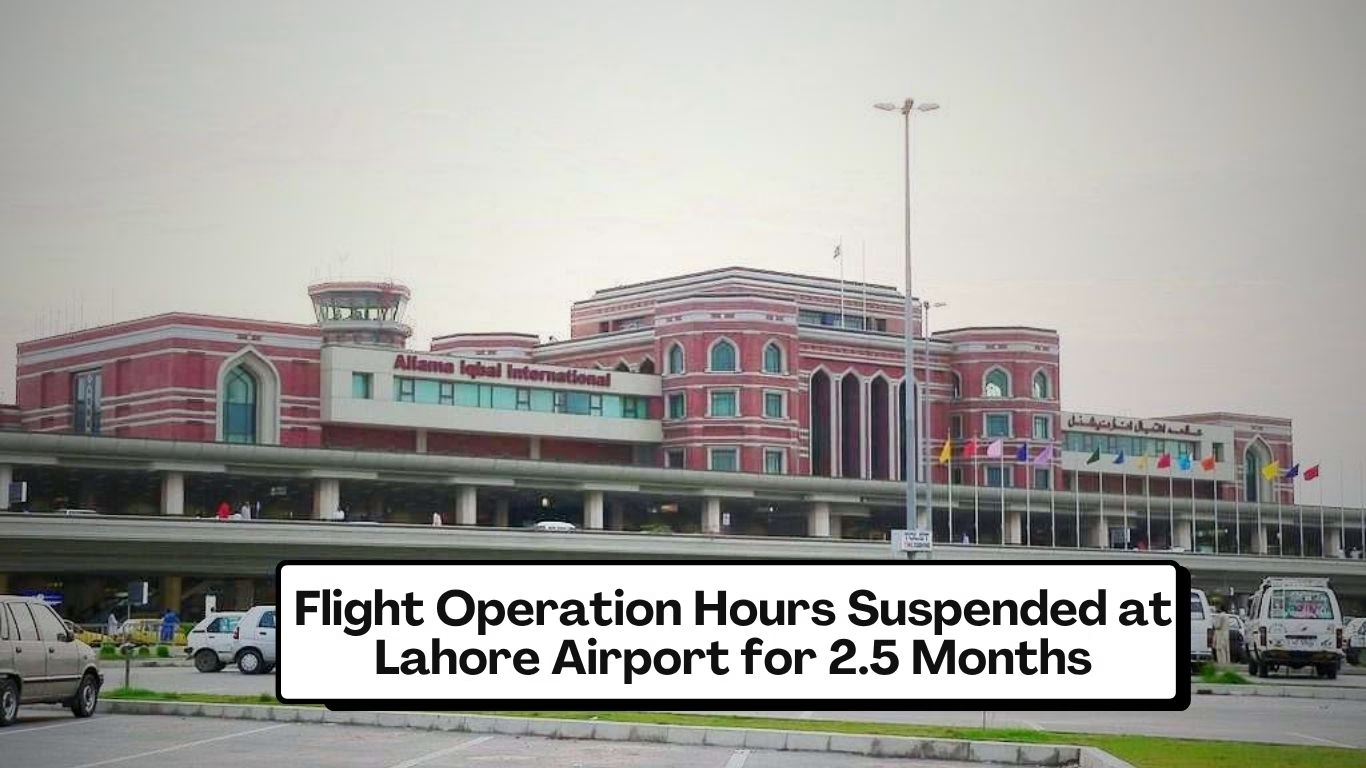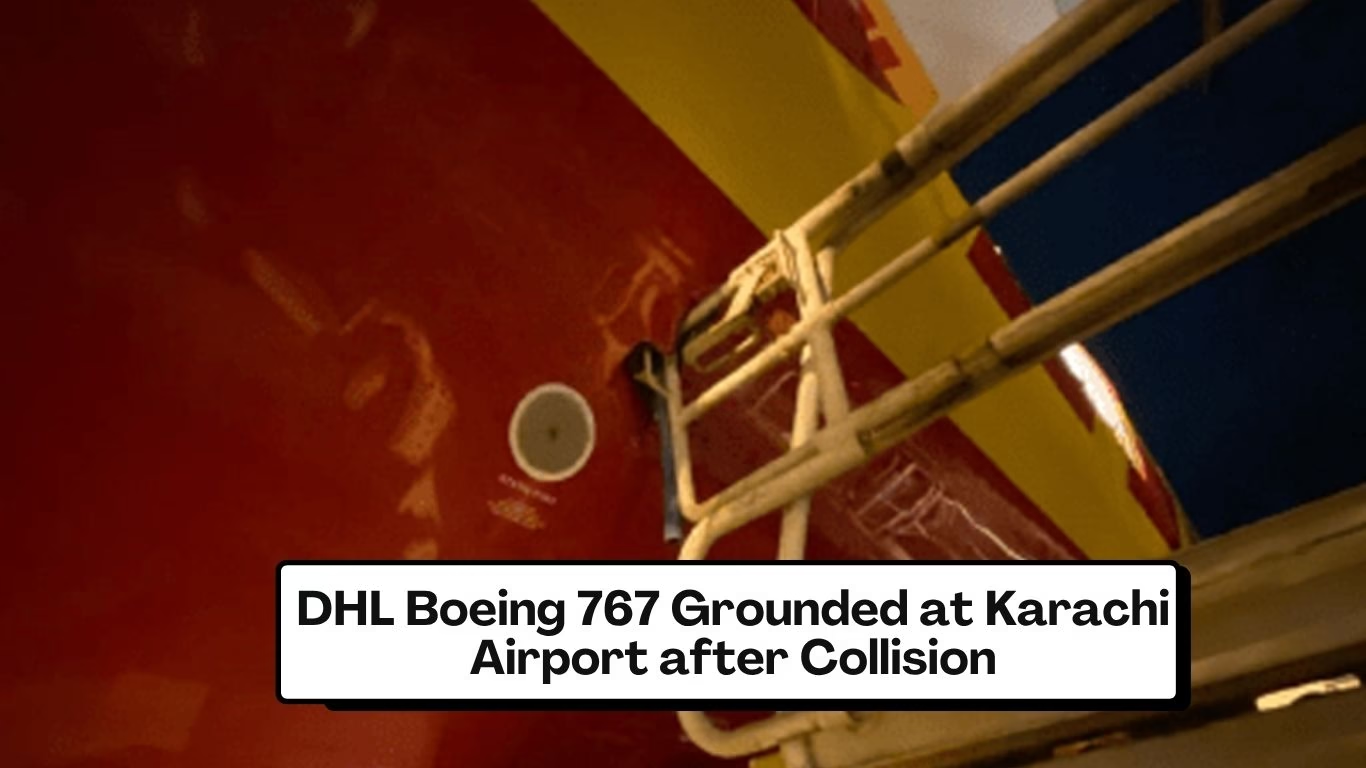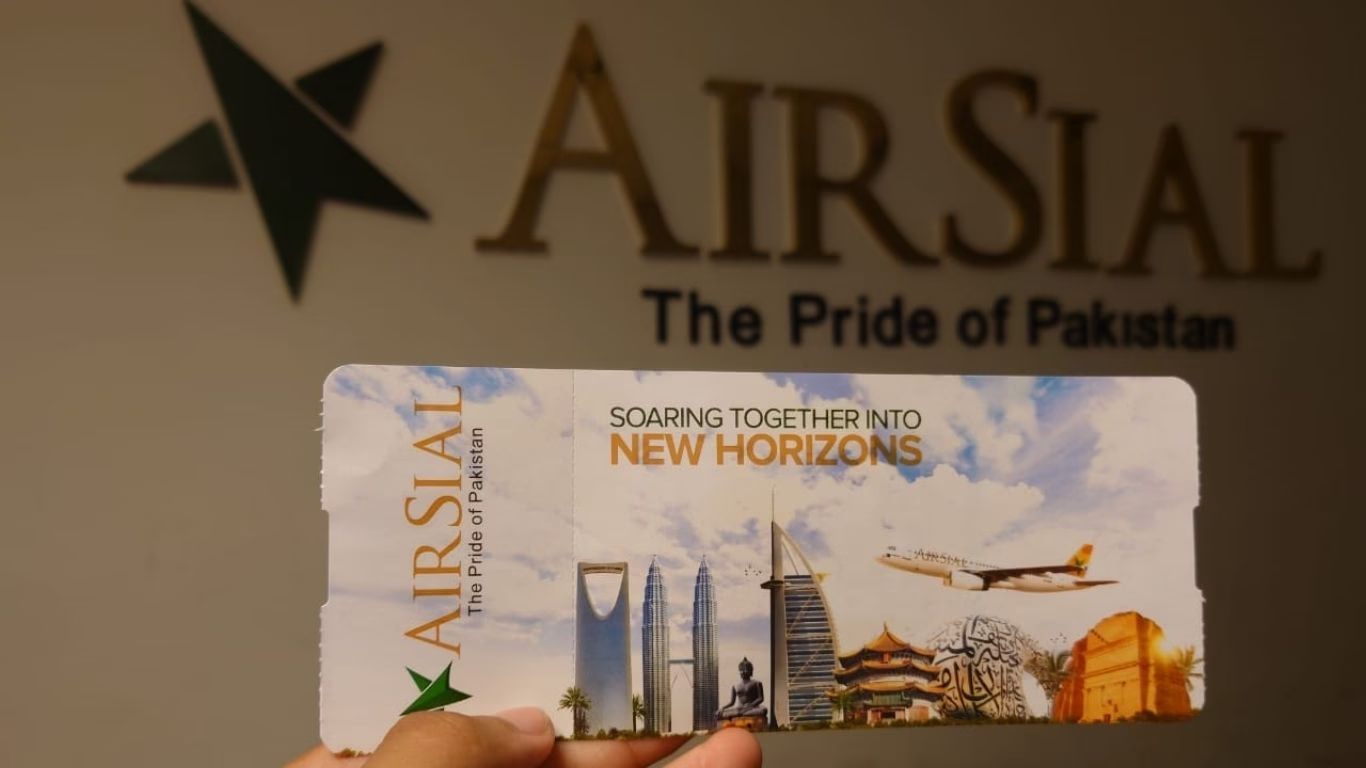Introduction
Air transport has come a long way since the first recorded flight on 17th Dec 1903 and is considered the quickest way of safe and comfortable travel across long distances, infecting the air has become the highway for world commerce. The increase in Air transport resulted in congestion in airspace, and the air-ground communication channels for the safe and proper navigation of flights from one point to another point also become congested. As the technology of flying improved, the tendency of communication and navigation of an Aircraft also shifted from visual signals of communication and visual landmarks of navigation to radio communication and radio navigation on various assigned frequencies, which raises the need for proper planning and management of Radio frequencies.
On 7th Dec.1944 International Civil Aviation Organization (ICAO) was established as the premier world body for enhancing the safety, reliability and efficiency of Air transport, and become the specialized agency on the subject in the UNO system. The Communication Division of ICAO on 30th May 1949 adopted the introduction of standard for radio navigation and radio communication to be used in air transport together with method of operation, procedure, and code for worldwide application. which become effective from 1st March 1950 and designated as Annex –10 to the International convention on Aviation.
Compiled By

Zia Ullah Sheikh, CMILT
Senior Air Traffic Controller
CAA Islamabad Airport
Radio Regulations
In the light of Ordinary administrative Radio conference (OARC) held in 1959 provision of Radio Regulations of International Telecommunication Union (ITU) were also adopted in Annex-10. Later further changes made by ITU in Radio Regulation, types of emission, use of single side band in High Frequencies (HF SSB) were also adopted by ICAO on 10th Dec 1979 to be used in Air mode of transport.
Radio frequencies
Radio frequencies are the efficient media by which voice or data can be transmitted from one point to other point. The properties of Radio frequencies spectrum are governed by laws of Physics. Radio wave travel through space at the speed of light, different band of radio frequencies have specific propagation characteristics, to be used in air transport for Air traffic control, Aircraft Navigation, Air ground communication, ILS, Search and rescue, Weather information, Radio altimetry or exchange of other related data between any Aeronautical station and Ground station.
Management of Radio frequencies
Radio frequencies are managed at two levels as follow: –
- At international level frequency are managed by International Telecommunication Union (ITU).
- At national level frequencies are managed by the contracting states of the International Telecommunication Union.
- In Pakistan radio frequencies are managed by Wireless Allocation Board (WAB) of Pakistan Telecommunication Authority (PTA).
ITU has Consultative Committee on International Radio (CCIR) which frames rules and regulations regarding design, standard, operation, and coordination for their use in an interference free manner. whereas International Frequency Registration Board (IFRB)coordinates the frequency usage.
Both of above ITU agencies hold meetings at international and regional levels to discuss the affairs of frequency management, latest technological developments, their effect on existing system and formulate necessary rules accordingly.
At regional level, each state has a set up to implement frequency management at national level as per policy applicable in the respective ITU region.
Optimum use of radio frequencies spectrum and allocation of interference free bands of frequencies to the individual user has become very tedious matter so requires proper management techniques, as improper allocation/management of radio frequencies at national level may lead to harmful interference and congestion in frequencies which in turn decrease the optimum use of various frequencies bands, beside the in-connivance to user or communication blackouts at critical moments.
Assigned Radio frequencies to provide communication between an appropriate aeronautical Station and an aircraft station anywhere in the world for exercising regularity control of flight and safety of aircraft, are not to be assigned for general administration.
Management of Radio frequencies In Pakistan
Government of Pakistan being the member of ITU, initially made the Department of Telephone and Telegraph responsible for implementation ITU rules and allocation of frequencies to various users, latter keeping in view the increase in radio frequencies use in aviation, defense, non-defense, maritime, and lot of other agencies Pakistan Wireless Board(PWB) was established ,which is recently re-organized and re-structured as Frequency allocation Board (FAB) by Pakistan Telecommunication Authority under Ministry of communication, in order to handle growing needs the frequencies matters in more professional and technical manner.
Pakistan Telecommunication Authority (PTA) issue radio communication licenses for various services to the military or non-military users whereas Frequency Allocation Board (FAB) is responsible for allocation, allotment, and assignment of frequencies for various Radio based services.
PTA receives applications for the issue of license for radio frequency as per section 4(1)(b) and section 5(1)(c) of PTA (re-organization) act 1996, applications are evaluated by PTA and if deemed appropriate the case is forwarded to FAB for frequency allocation in accordance with section 5(2) c of PTA act 1996.
In the field of Air Transport PTA in Pakistan grant licenses for radio communication in the following categories for the purpose of secure and safe mobility and guidance of Aircraft:
- Aircraft Radio. (Pakistan registered aircraft).
- Aeronautical Stations.
- Radio Navigational use.
- HF/VHF/UHF stations.
Kinds of modulations
There are four kinds of modulations for various use as follow:
- Frequency modulation (FM) used in VOR/ground to ground communication.
- Amplitude modulation (AM) used in NDB and vice communication.
- Phase modulation AMSS
- Pulse Modulation used in radar.
Types of radio Emissions
The following are the various type of Radio emissions:
- A0 –absence of Modulation.
- A1 –Carrier Keyed.
- A2 –AM tone only. , used in radar and VOR operations.
- A3 –AM voice only.
- A0/A2 –call sign only modulated (tone), normally used in NDB.
- A2/A3 – AM (tone or voice)
Aeronautical telecommunication
Any telecommunication for aeronautical purpose is known as Aeronautical telecommunication, such as Radio communication with aircraft, Radio navigation aids etc.
International Aeronautical Telecommunication Service (IATS)
It is an Aeronautical telecommunication service established between offices or stations of different states or between mobile stations which are not in the same state or are subject to different states with the objective to ensure proper telecommunication and Radio aids to Air navigation necessary for the safety, regularity and efficiency of international air navigation as defined by International Civil Aviation Organization.
This service is divided into four parts as below:
- Aeronautical Fixed Service (AFS).
- Aeronautical Mobile service (AMS).
- Aeronautical Radio navigation service (ANS).
- Aeronautical Broadcasting service (ABS).
ITU has laid down the guidelines and have designated various portions of the spectrum for providing various radio services. A broad frequencies distribution is as:
- Very low frequencies (VLF) 3 kHz to 30 kHz.
- Low frequencies (LF 30khz to 300 kHz
- Medium frequencies (MF) 300khz to 3mhz
- High frequencies (HF 3mhz to 30 MHz
- Very high frequencies (VHF) 30mhz to 300mhz
- Ultra-high frequencies (UHF) 300mhz to 3000mhz
- Super high frequencies (SHF) 3ghz to 30ghz
- Extra high frequencies (EHF) 30 GHz to 300 GHz.
Radio Frequencies in Air Transport
Following Radio frequencies are used in Air transport for communication and navigation as per international agreements:
- LF for NDB, DF, LOCATORS, BECONS.
- MF for LORAN.
- HF for DF and Voice Communication.
- VHF for ILS, VOR, MARKERS, ATC Communication.
- UHF for ILS, DME, TACAN and ATC.
- SHF for GCA.
International Telecommunication Union (ITU)
For frequencies allocation purpose the world has been divided in to three geographical regions known as region one, two and three.
- ITU Region 1 comprises Europe, Africa, the former Soviet Union, Mongolia, and the Middle East west of the Persian Gulf, including Iraq.
- ITU Region 2 covers the Americas including Greenland, and some of the eastern Pacific Islands.
- ITU Region 3 contains most of non-FSU Asia east of and including Iran, and most of Oceania.
Pakistan is in the ITU – Region Three. States are required to coordinate with ITU on the following matters:
- Administrative provisions.
- Exchange of information.
- Technical calculations.
International Civil Aviation Organization (ICAO)
ICAO in coordination with ITU has laid down various band of frequencies for the allocation for Radio frequencies for short distances, long distances, at Regional level and for various type of Radio navigational aids such as DF, NDB, VOR, ILS, MLS etc.
Utilization of Band 117.975-137 MHz (as per ITU Radio conference Geneva 1959):
- Frequencies between 117.975-132 Mhz for exclusive use of Aeronautical Mobile service.
- Frequencies between 132-136 Mhz to be used under condition imposed by respective ITU region.
- Frequencies between 136-174 MHz to be used subject to condition contain in Radio regulation of ITU 1979 in which special attention of state is required control harmful radio interference.
- Localizer/ATC communication works on 108 Mhz to 174 Mhz.
- VOR operates on 108 Mhz to 118 Mhz.
- ILS Localizer operates on 108 MHz to 112 Mhz.
- Glide path operates on 328 Mhz to 335 MHz
- Markers operates on 75 Mhz.
The frequencies in VHF/UHF band are normally used in Aerodrome and Airways control whereas HF band frequencies are used for long distance communication. ITU has designated specific frequencies for this purpose, various radio frequents classified for operational use are as:
Bands ITU allocation frequencies Service use
| Bands | ITU Allocation Frequencies | Service Use |
|---|---|---|
| HF | 9 kHz to 27.5 MHz | Aeronautical radio navigation, Fixed/Mobile aeronautical |
| 27.5 MHz to 30 MHz | Fixed/Mobile | |
| VHF | 68 MHz to 137 MHz | Fixed/Mobile, Aeronautical Navigation, Broadcasting |
| 137 MHz to 300 MHz | Fixed/Mobile broadcasting | |
| UHF | 300 MHz to 1000 MHz | Fixed/Mobile, Aeronautical Navaids, Broadcasting |
| 1000 MHz to 3000 MHz | Fixed/Mobile, Aeronautical Navaids, Broadcast | |
| SHF | 3 GHz to 30 GHz | Fixed/Mobile, Radio Navaids |
| ESHF | 30 GHz to 300 GHz | Fixed/Mobile, Radio Nav. |
The minimum separation between assigned frequencies in Aeronautical Mobile service is 25khz.The frequencies are Grouped as A, B, C, D and E by spacing of 25khz Frequencies generally ending in odd tenths, ending in even tenths, ending five at the thousand, ending five at the tenth or as a whole number etc., are grouped together.
Where there is requirement for the use of HF for search and rescue coordination center the frequencies 3023 kHz and 5680 kHz are employed.
Radio Frequencies in flight navigation
Radio frequencies used in flight navigation enable the pilot of aircraft to determine his positions in relation to earth surface and finally to enable to align the aircraft with the Runway in use and effect a safe and smooth landing at the aerodrome of destination.
The Radio navigational aids as per there installation is generally classified as:
- Ground Based: which are installed on ground for the guidance of aircraft.
- Air-borne: which relates to the equipment carried on board the aircraft and interrelates with ground-based equipment to give required information.
- On-board: which enable the pilot to navigate the aircraft without using the ground-based equipment.
Radio Frequencies in Air traffic control
Radio frequencies for ATC purposes enable the pilot to communicate with Air traffic controller to get advice for expeditious, safe smooth and orderly flow of Air traffic, including weather and safety information including assistance in case of search and rescue. These frequencies are also used to establish contact between air and any ground station for data link.
Radio Frequencies in data transmission
Frequencies between 3 kHz and 300 GHz can be technically used to transmit data, but due to economic reasons and some of other factor’s frequencies between 3 kHz and 60 GHz are presently in use.
Radio frequencies in Distress use
Radio frequencies to be used by aircraft for distress communication have been adopted by ICAO in accordance with the provisions made by ITU in its Radio Regulations.
With reference to survival craft stations the Radio regulations provide the use of Distress frequencies as 500 kHz, 8364 kHz, 2182 kHz 121.5 MHz, and 243 MHz, if the survival aircraft is capable of operating in the bands between 405-535 kHz, 4000-27500 kHz, and 1605-2850 kHz, 117.975-136 MHz, and 235-328.6 MHz respectively including the assistance from maritime services.
Radio Frequencies allocation planning
For regional assignment planning the geographical separation between facility operating on same frequency are adjusted and adjacent frequency shall be determined regionally by considering the:
- Required functional service of the radio facility.
- Maximum flight altitude of the aircraft using this facility.
- Diurnal, seasonal, and solar variation, sitting of facility, type of antennas used, diversity system, and form of signal used.
Basic requirement for Radio communication and navigation remains fundamental to any system so a very careful planning and management of available resources is required to meet the rapid development of technology in field of Air transport. HF, VHF & UHF are considered the most congested bands and require extra efforts for planning their use at national levels.
:O:
References
- ICAO Annex-02
- ICAO Annex-10
- ICAO Annex-12
- Pakistan CAA Rules
- Radio Frequency Management Conference (July 1999) by PTA at Islamabad
Compiled By:

Zia Ullah sheikh, CMILT
Senior Air Traffic Controller
CAA Islamabad Airport






Leave a Reply